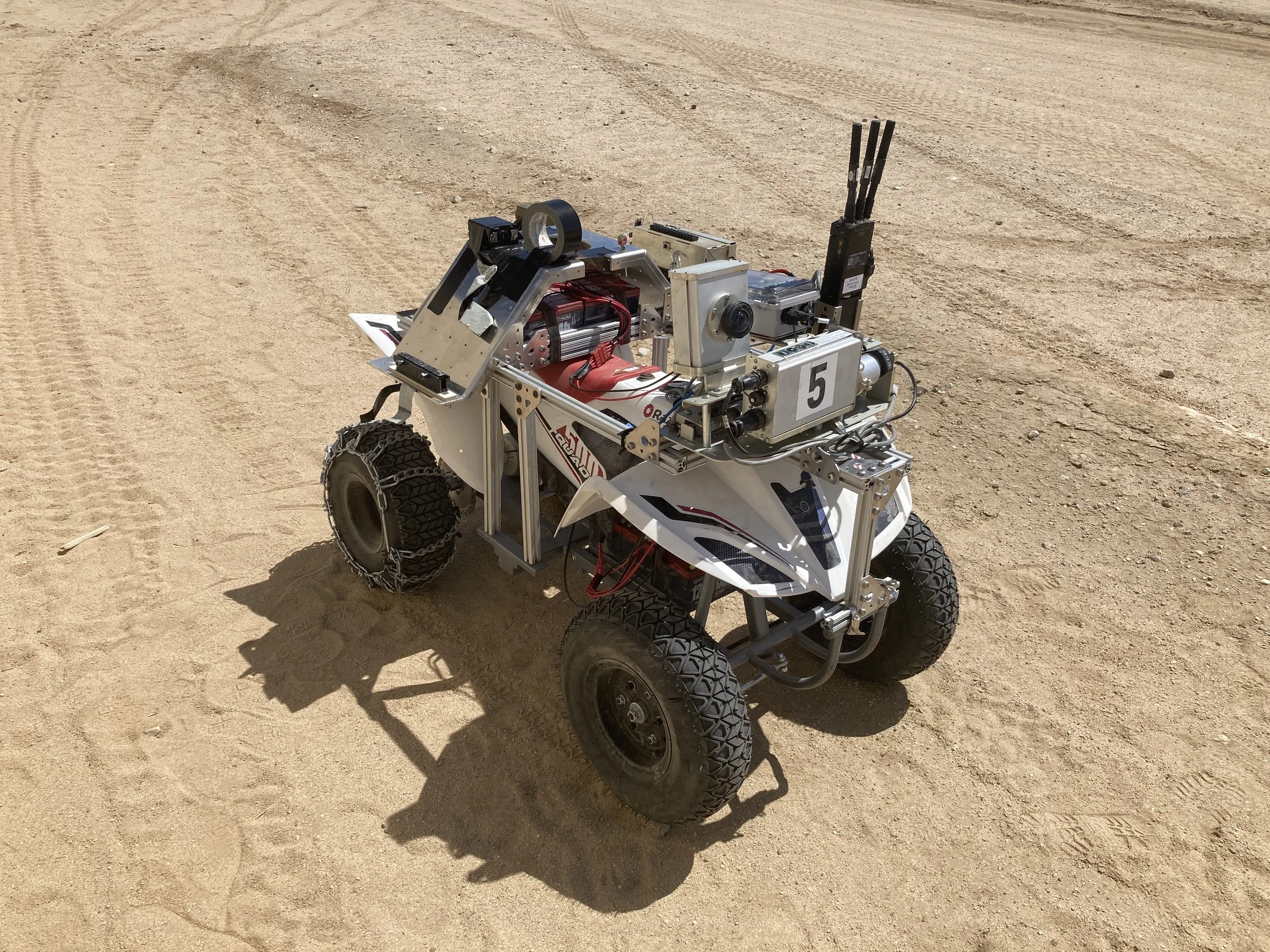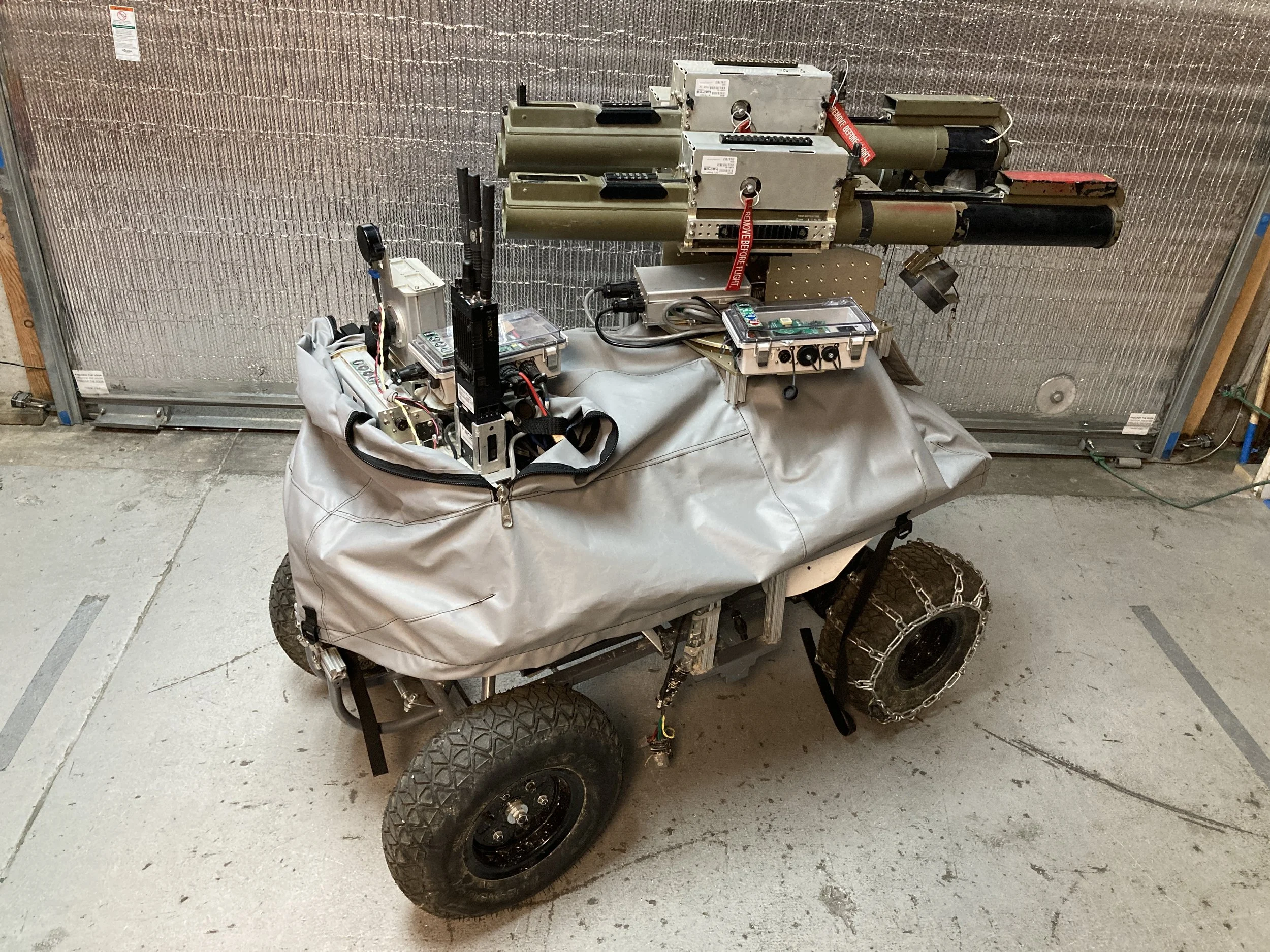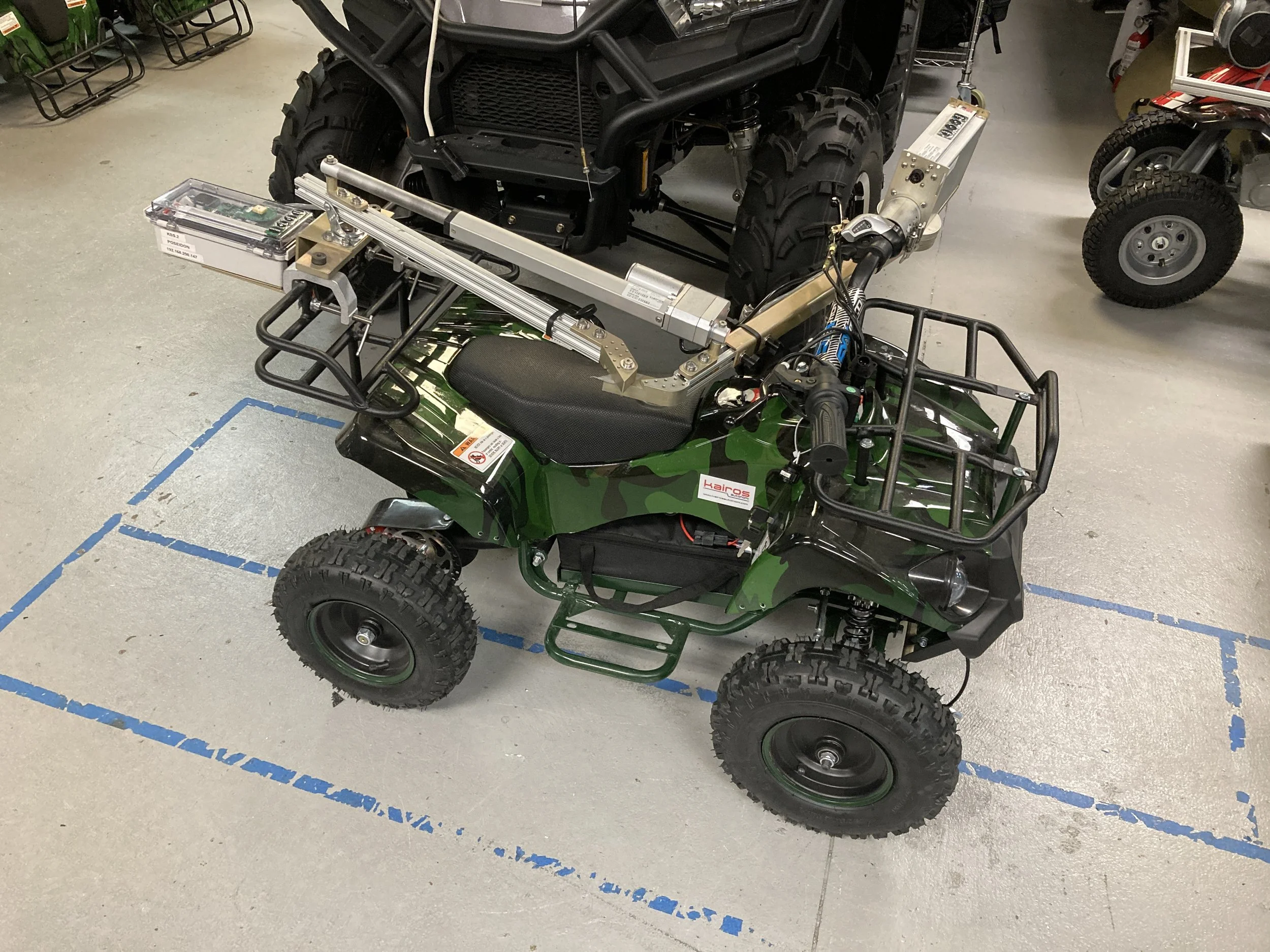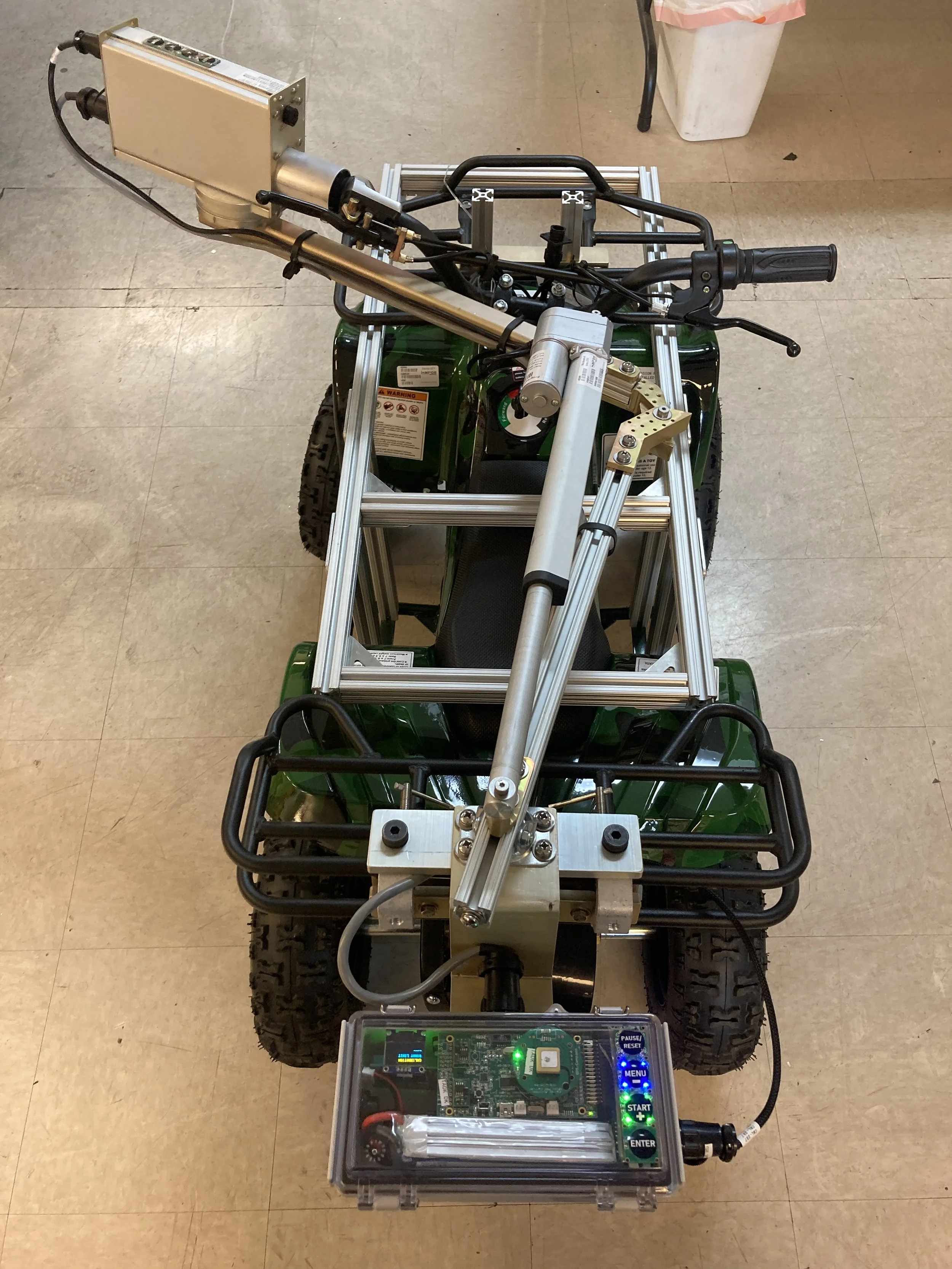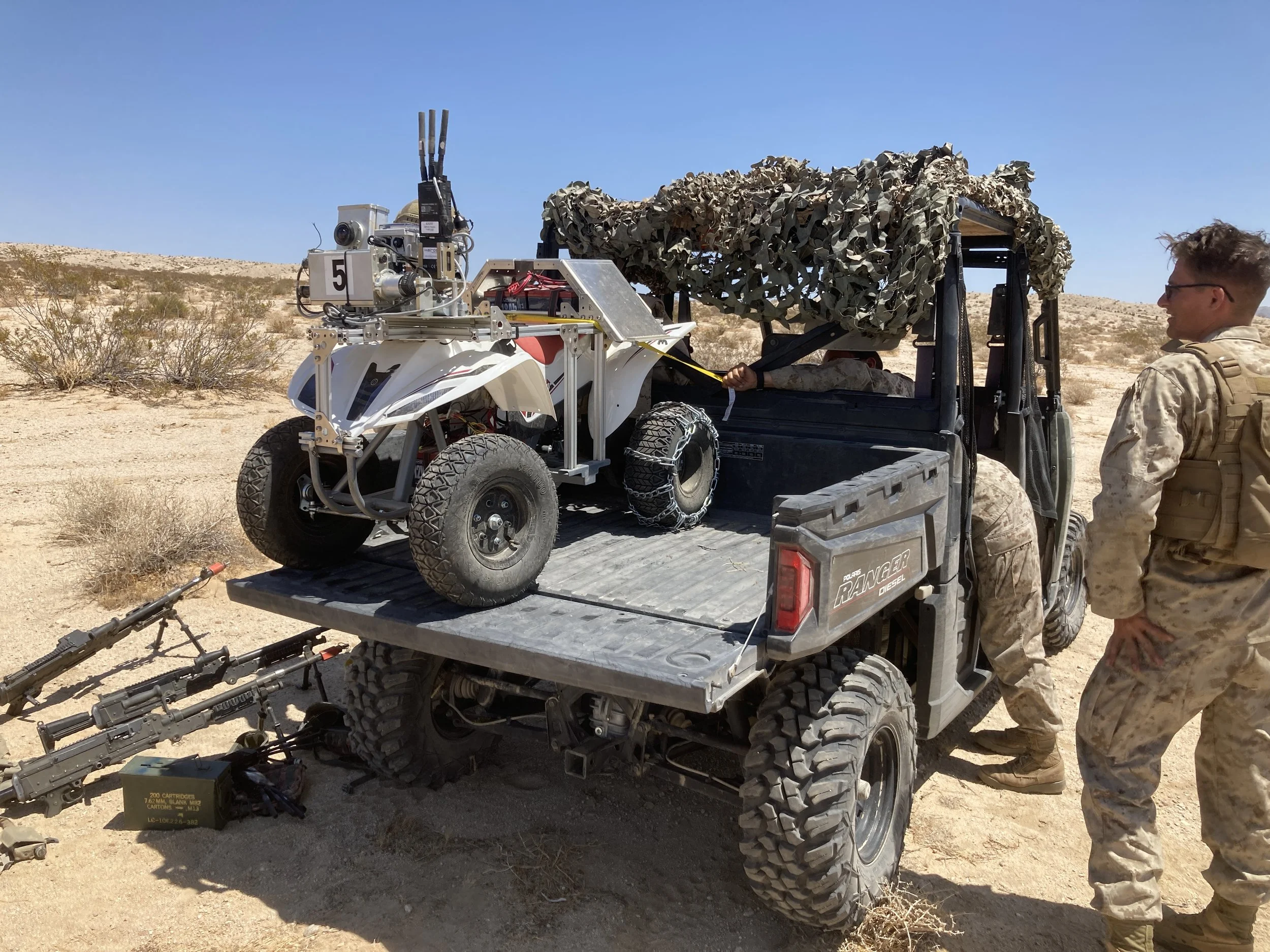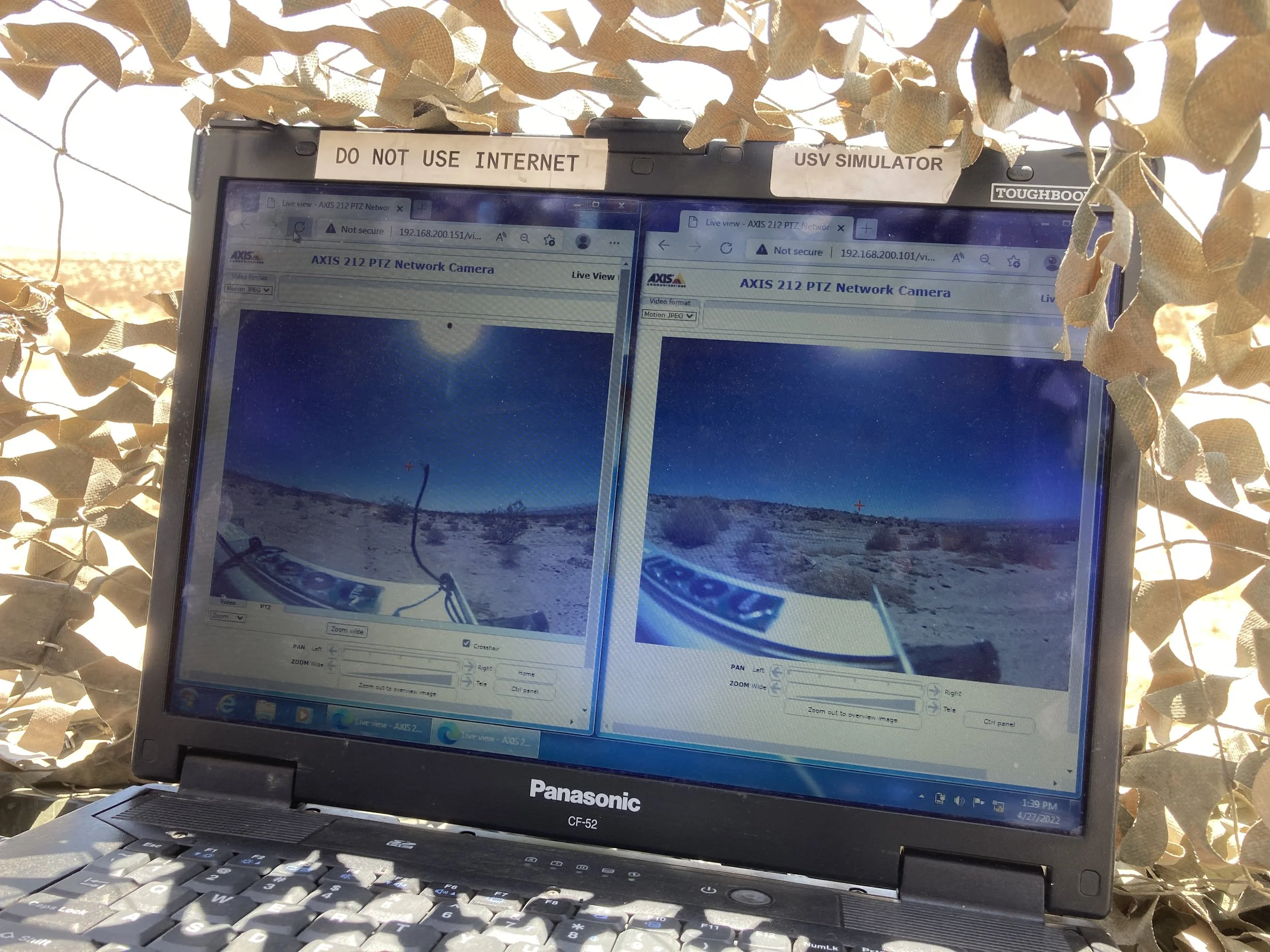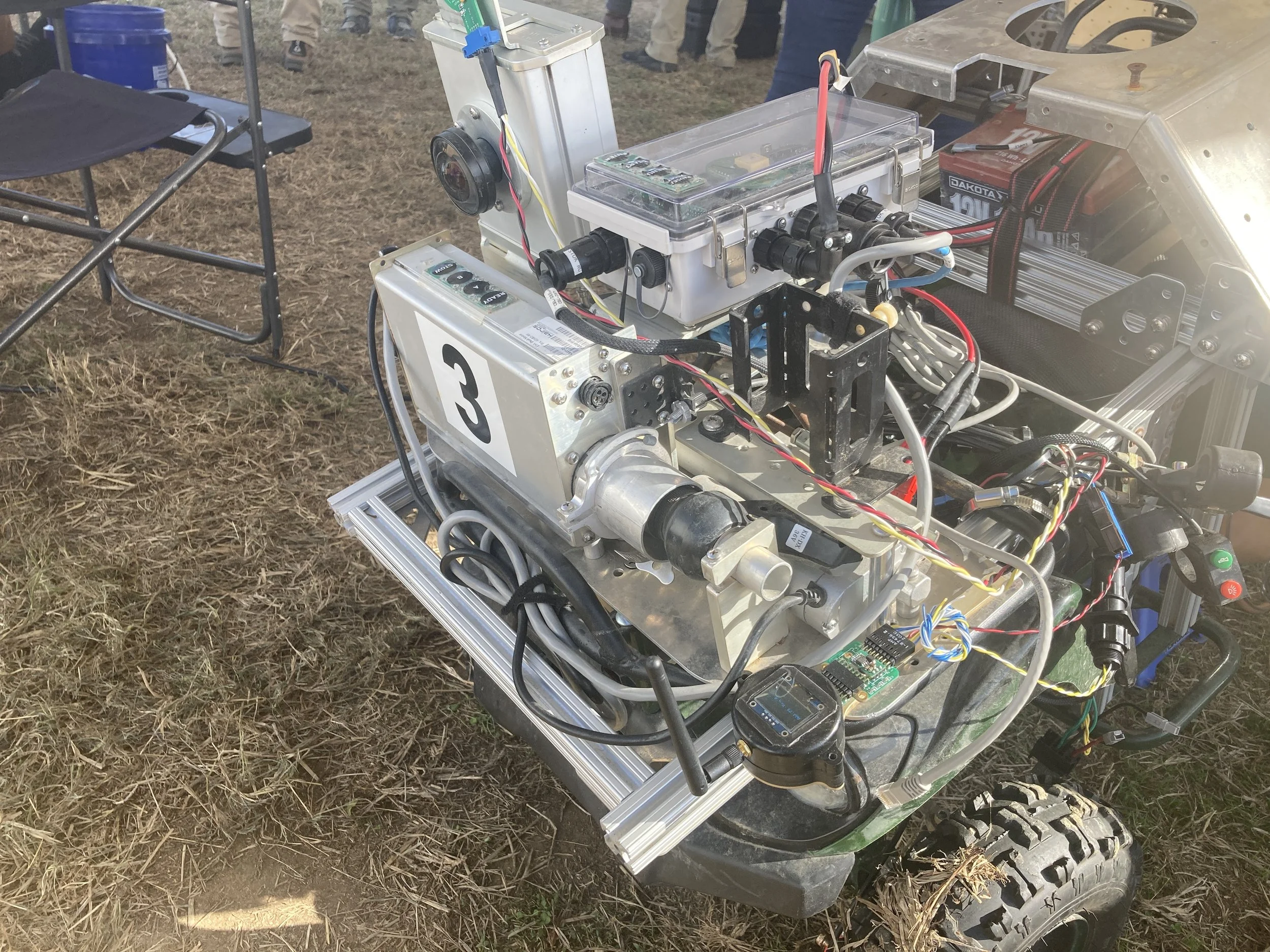Automated Unmanned Vehicle Systems (UXVs) For Humanitarian and Disaster Relief (HADR) Operations
In recent years, the advancement of technology has led to a revolution in the way we think about and use vehicles. Automated Unmanned Vehicle Systems (UXVs) have become a key player in this transformation, offering versatile solutions across various domains—land, sea, and air. These unmanned systems, which include ground vehicles, marine surface vessels, and aerial drones, are changing industries, enhancing capabilities, and paving the way for a future where autonomous operations are the norm. Let’s dive into the world of UXVs and explore their applications, benefits, and the technology behind them.
What is an Automated Unmanned Vehicle System (UXV)?
An Automated Unmanned Vehicle System (UXV) is a vehicle that operates without human intervention, using advanced sensors, artificial intelligence (AI), and communication systems to navigate and perform tasks autonomously. UXVs come in various forms, including:
Unmanned Ground Vehicles (UGVs): These are land-based vehicles designed for tasks such as surveillance, transportation, and inspection in environments where it may be dangerous or impractical for humans to operate.
Unmanned Surface Vessels (USVs): These marine vehicles navigate on the surface of the water and are used for applications like environmental monitoring, maritime security, and exploration.
Unmanned Aerial Vehicles (UAVs): Commonly known as drones, UAVs are used for aerial tasks such as reconnaissance, surveying, and delivery services.
How Automated UXVs Work
Automated UXVs rely on a combination of technologies to operate independently and perform their designated tasks:
Sensors and Perception Systems: UXVs are equipped with various sensors, including cameras, LiDAR, sonar, and GPS, to perceive their surroundings. These sensors collect data about the environment, such as obstacles, terrain, and weather conditions.
Artificial Intelligence (AI) and Machine Learning: The collected sensor data is processed by onboard AI systems that analyze the environment and make real-time decisions. Machine learning algorithms enable UXVs to improve their performance over time by learning from past experiences.
Navigation and Control Systems: Using the processed data, UXVs navigate through their environment, following pre-programmed routes or dynamically adjusting their path based on real-time conditions. Advanced control systems ensure smooth and precise movements.
Communication and Networking: UXVs can communicate with other vehicles, control stations, or operators via secure communication networks. This connectivity allows for coordination between multiple UXVs and provides remote monitoring and control capabilities.
Applications of Automated UXVs
Automated UXVs are being deployed across a wide range of industries, offering innovative solutions to complex challenges:
Military and Defense: UXVs are used for surveillance, reconnaissance, and combat support, reducing the risk to human soldiers and providing tactical advantages in the field.
Search and Rescue Operations: UAVs and UGVs can quickly reach disaster zones, assess damage, and locate survivors, enhancing the efficiency and safety of rescue missions.
Environmental Monitoring: USVs are used to monitor water quality, track marine life, and survey coastal areas, providing valuable data for environmental protection and research.
Agriculture: UAVs and UGVs are used in precision farming, performing tasks such as crop monitoring, spraying pesticides, and soil analysis, increasing efficiency and crop yields.
Logistics and Delivery: UAVs are being tested for package delivery, offering fast and efficient solutions for transporting goods in urban and remote areas.
Infrastructure Inspection: UAVs and UGVs can inspect bridges, pipelines, and power lines, providing detailed visual data while reducing the need for risky manual inspections.
Benefits of Automated UXVs
The adoption of automated UXVs offers numerous advantages across various sectors:
Increased Safety: By removing humans from dangerous environments, UXVs reduce the risk of injury or death in hazardous operations.
Cost Efficiency: UXVs can perform tasks more efficiently and with fewer resources than traditional methods, leading to cost savings over time.
Scalability: Automated UXVs can be deployed in large numbers, working together to cover vast areas or complete complex tasks quickly.
24/7 Operation: Unlike human operators, UXVs can work continuously without fatigue, increasing productivity and operational uptime.
Precision and Accuracy: Advanced sensors and AI enable UXVs to perform tasks with high precision, reducing errors and improving the quality of outcomes.
Data Collection and Analysis: UXVs can collect vast amounts of data in real-time, providing valuable insights for decision-making and strategic planning.
Lets Take a Look at the System
The Hound Unmanned Ground Vehicle (UGV) was developed following the implementation of the RIRAK USV automation kit. Using existing components from the USV kit, the UGV kit was developed to provide a small-scale payload delivery package for ground-based operations; payloads ranging from weapon platforms, reconnaissance optics, equipment packages or even food and water. It serves a dual purpose while deployed, operating as a UGV training aid for automation users without the risks and dangers of a larger-scale vehicle, such as Toyota Tacoma or John Deere Gator utility vehicle.
The Future of Automated UXVs
The future of automated UXVs is bright, with ongoing advancements in AI, robotics, and communication technologies driving innovation. As these systems become more sophisticated, we can expect to see even greater autonomy, collaboration between different types of UXVs, and integration into more aspects of daily life. From autonomous cargo ships navigating the seas to fleets of drones delivering goods in cities, UXVs are set to revolutionize the way we think about transportation, logistics, and operations across various industries.
Conclusion
Automated Unmanned Vehicle Systems (UXVs) are at the forefront of technological innovation, offering transformative solutions in land, sea, and air operations. With their ability to operate autonomously, improve safety, and increase efficiency, UXVs are reshaping industries and paving the way for a future where unmanned systems play a central role in our world. As we continue to explore the potential of these systems, one thing is clear: the era of UXVs has arrived, and their impact will be profound.

